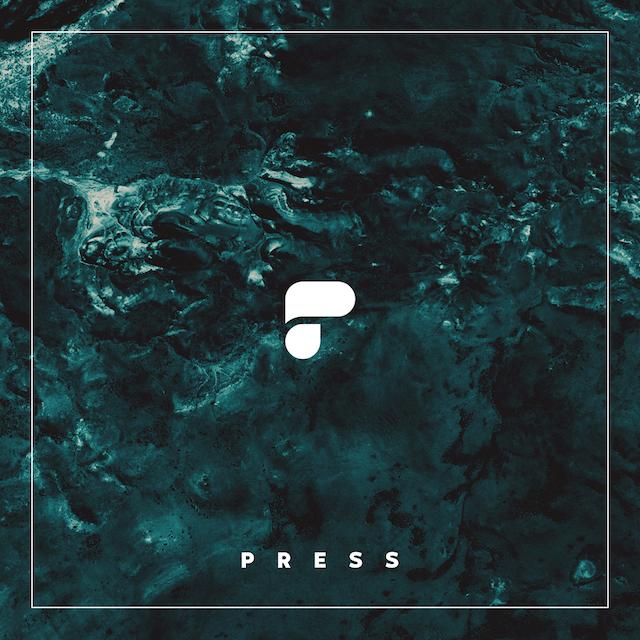Our Top 5 Favorite Camera Hacks
1) Buying Used Lenses
There’s a ton of older lenses from the past couple decades that you can find used at great prices online, starting with eBay. Lenses that were cutting edge for their time and that are still capable of producing crisp and clean images and that probably perform better than your kit lens can be yours for $20.00 or less.
When choosing a lens, just be sure that it’s compatible with your camera. For example, Canon compatible lenses have a C on the sensor cap, N for Nikon, MIN for Minolta, etcetera.
2) Reverse Macro Lens
Using the sensor side of an old lens, (again, you can find plenty online for under $20.00) and a toilet paper roll to lengthen the lens barrel, you can create your own makeshift macro lens.
If you have a kit lens that came with your camera, that is also good lens to try this technique out on.
Keep in mind, you’ll need to switch your lens from autofocus to manual focus in order to get a clear macro image.
3) Lens Chimping
Using a pocket-sized convex lens, you can create natural lens flares and distortions that aren’t quite possible in post processing. Hold your convex lens freely in front of your camera lens, and play around with the positioning until you achieve a look you like. Fire off a few shots and then try a new angle or position. You can also use this convex lens as a makeshift macro lens if you reverse the orientation in front of your camera lens.
Photographer Sam Hurd has a solid technique for lens chimping.
If you don’t have an extra lens on hand, you can use anything you find on the ground that is slightly transparent, like some dead leaves or other foliage to add some artistic blur or soft focusing around the edges of your frame.
4) Camera Neck Strap Stabilizer
You can use your camera strap as an image stabilizer by creating tension on the strap and using that tension to take shake-free photos or help stabilize handheld video.
Using your camera strap as an image stabilizer can help you take clearer low light exposures, as well as make smooth camera pans if shooting video without a tripod or slider setup.
5) Plastic Bag Rain Cover
While rainy, foggy or snowy weather can provide some truly ethereal content, it also soaks your equipment. To keep your camera, lens and other sensitive gear dry, try using an old trusty plastic bag and a rubber band. You’ll also need a lens hood. (Use an old coffee can for a lens hood if you don’t have one).
Slip the plastic bag over your lens hood and camera body, with the bag opening on the viewfinder side of your camera. Place the rubber band around the lens hood, securing the bag to the lens and camera body. Then, cut or rip a hole in the bag so that you can see your camera lens.
If it’s really raining hard, tie the open end of the bag as well, but it will be much harder to see your viewfinder.
The plastic bag cover, while not the most fashionable, is great in a pinch when the weather gets ugly.
Quality, weather-sealed camera filters can also help keep moisture and other environmental factors like dust out of your camera and lens.





Share:
When to Use a Polarizer
DJI Osmo Pocket Cinematic Settings - 5 Tips